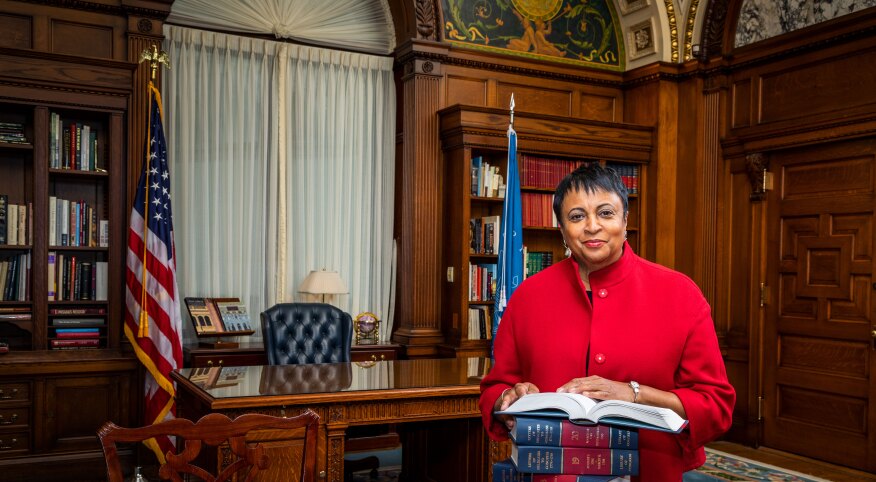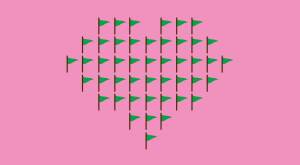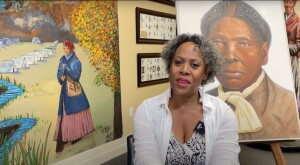In 2016, President Barack Obama nominated Carla Hayden, then the executive director of Baltimore’s Enoch Pratt Free Library, to be the 14th librarian of Congress. Once Senate-approved and sworn into her new role, she became not only the first woman and the first African American to helm the largest library in the world, but also the first librarian, rather than a historian or academic, to hold this position. Cheers to progress.
As the home of the U.S. Copyright Office and the main research arm of the U.S. Congress, the library has millions of books, recordings, photographs and more in its collections. Upon her arrival at the library, one of the first collections Hayden asked to see was the Rosa Parks Papers: 10,000 never-before-shown personal documents and photographs that had just been given to the library through the Howard G. Buffett Foundation.
With the opening of the library’s exhibit “Rosa Parks: In Her Own Words” in the Jefferson Building of the Library of Congress — and online — and a companion book of the same name on the shelves, Hayden talked to Sisters From AARP about Parks’ work and life.
Note: Out of an abundance of caution related to the coronavirus, the Library of Congress is closed to the public at least until April 1. Please check the library’s website at loc.gov for more information on its hours, and feel free to explore this exhibition online.
_____________________________________________________________________________
When I was growing up there wasn’t much Black history taught in schools. You learned about it through the Black press or the Black community more than you did by having lessons. I’m quite a substantial member of AARP, so that gives you an idea of when I grew up. So you knew about [Rosa Parks] through the Black community more than anything.
In the last three to three and a half years, I was very fortunate to be at the Library of Congress when the Rosa Parks collection was being reviewed and processed. That was one of the first collections I got to see, and I just got so excited because it coincided with me taking the position as the first woman and the first African American since 1802 [to be librarian of Congress].
She was an icon [and] someone who looked like me. I always thought, Oh, she could be my Aunt Irma. You think about her as being someone who was a workingwoman and tired and having the fortitude to say, “I’m not going to move.”
You always respected Rosa Parks, this symbol of resistance. But once you understand in her own words what she went through and how she perceived what she stood for, you loved her. And so she became not only a symbol, but the beloved Rosa Parks.
One of the things that people are surprised about is that, as a young child, [Parks] was angry about the injustice that she observed and lived with. And she had to find a way to channel that into something productive. So I think in a time when people are asking, “What do I do, I’m so frustrated,” maybe they can take some inspiration from a person who had very strong feelings about how things weren’t right and said, “OK, instead of just complaining I’m going to do something. I’m going to help people vote and do all of these things.”
In her own quiet way, she turned that inner rage into something productive.
When you think about a seamstress who had so many other talents and deferred dreams, which I’ve been thinking about a lot with my own parents and different people in the African American community, who were talented and could’ve been … just fill in the blank: a concert pianist, portrait painter, all of these things. And the Pullman porters, for instance, who had PhDs but could only be Pullman porters. Think about that, being in different professions, but doing what they could. Later in her life she used those skills she had as a seamstress to do an AIDS quilt in Detroit. She was still involved in social issues and human rights. She was still involved into her 80s and until she died. That’s an inspiration.
What I don’t think people realize, as well, is the toll it took on her. Health issues, financially, all of those things. But she’s smiling in the last photos, when she gets the Presidential Medal of Freedom, and she’s getting honorary degrees. You feel very good that she can smile and be happy. Because some of the people who were involved in human rights struggles, they don’t get a chance to smile in their 80s. She doesn’t come across as bitter or anything. She’s still open to experiences; she still gets joy from experiences.
[As a woman] one of the things that’s struck me the most was her continued reliance on, and what she got from, being with family and friends. That’s something that sustained her. She was concerned about her family even when she was on the road. There are letters when she’s doing all of these interesting things and meeting interesting people, but she was still worried about cousin so-and-so’s health and if so-and-so was eating right. So as women move forward, that connection to family and friends is something that can endure. And I think we might sometimes take that for granted.
There’s something in her story — an ordinary person doing something extraordinary — I think that’s what resonates. Now when I think about inspiration from Rosa Parks, that’s the thread that I hold onto: that in each area of life you can make a difference.
I never get tired of talking about Rosa Parks.

ANDREW HETHERINGTON









